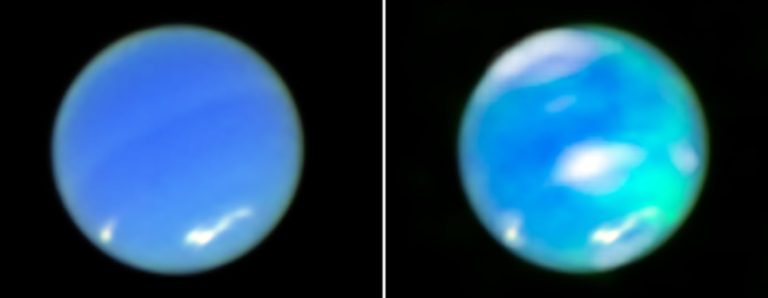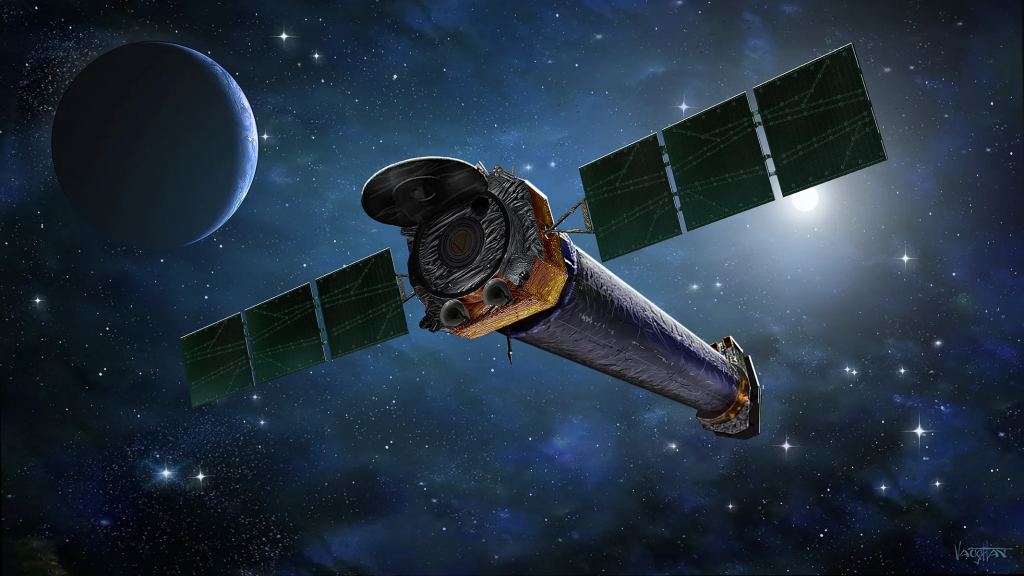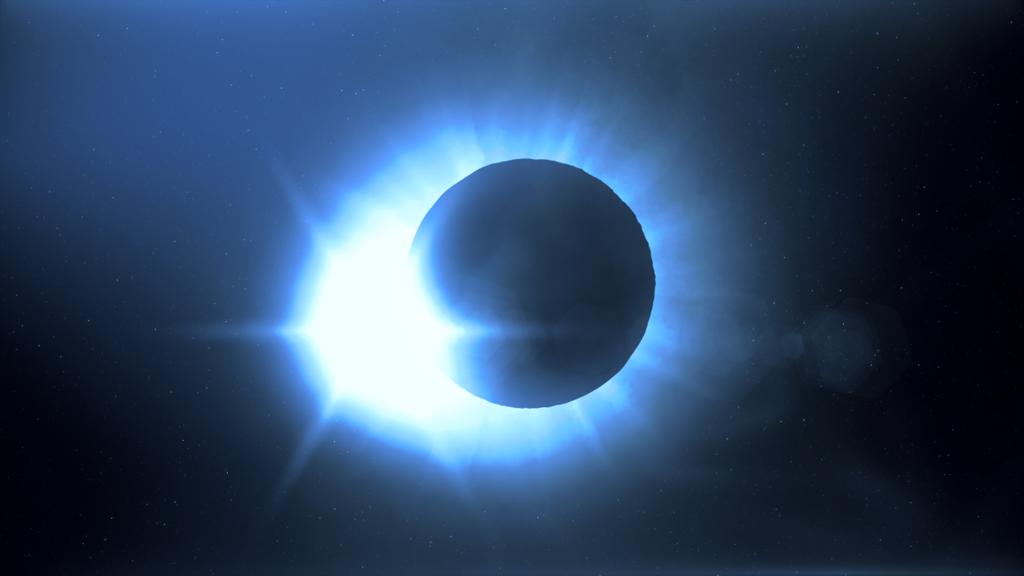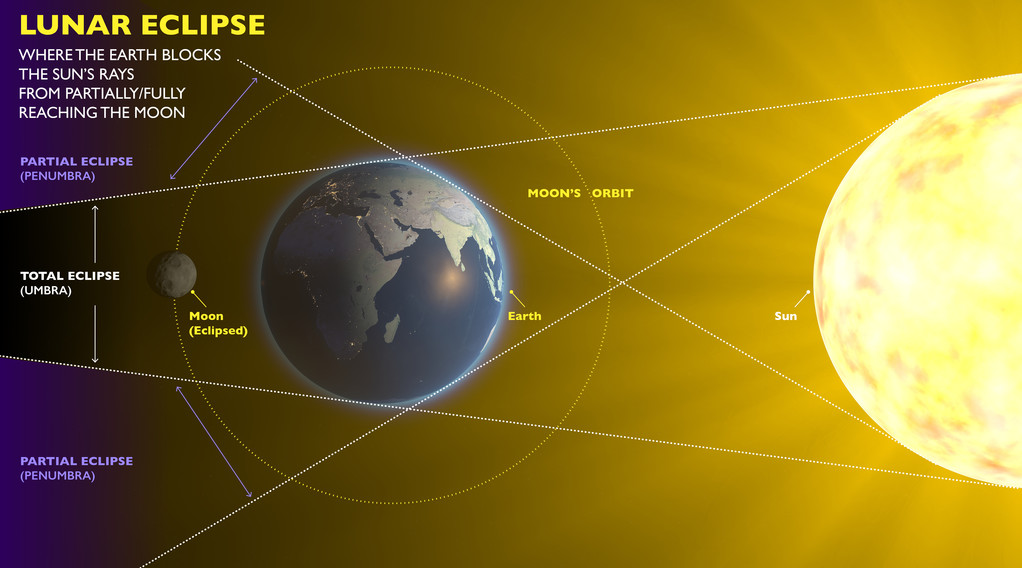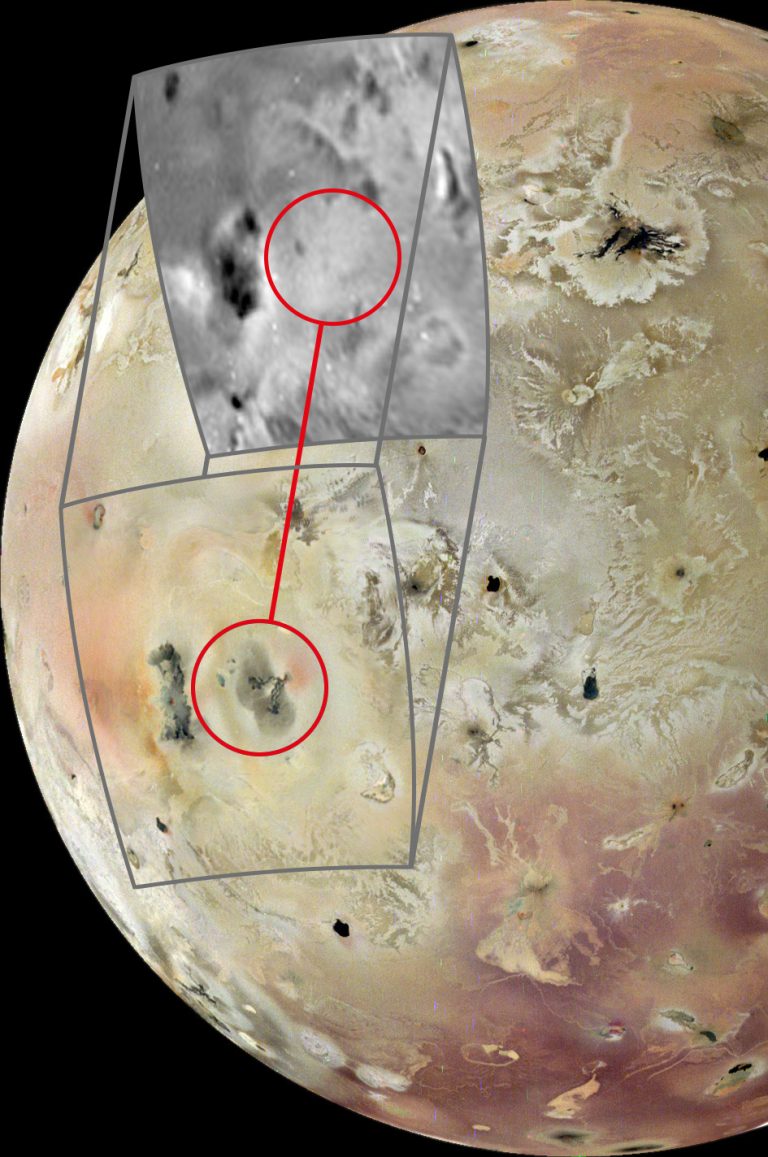James Webb Telescope Captures Neptune’s First-Ever Auroras
This breakthrough discovery by the James Webb Space Telescope (JWST) offers new insights into Neptune’s atmospheric dynamics and magnetic field behavior. By capturing its first-ever auroras, JWST not only challenges long-held scientific assumptions but also paves the way for future research into the mysterious and remote ice giant. This achievement deepens our understanding of planetary environments and the interactions between solar particles and magnetic fields.
Summary
- The JWST captured Neptune’s first-ever auroras, marking a significant advancement in space exploration.
- The discovery helps explain Neptune’s unique atmospheric phenomena and magnetic field dynamics.
- Unlike Earth’s auroras, Neptune’s auroras appear at mid-latitudes because of its tilted magnetic field.
- JWST’s near-infrared camera (NIRCAM) detected a strong emission line from the trihydrogen cation, indicating auroral activity.
- Historical observations by Voyager 2 in 1989 only offered fleeting glimpses of Neptune’s auroras.
- The observation confirms that auroras are not exclusive to planets like Earth, Jupiter, or Saturn.
- Advanced technology on JWST has allowed for unprecedented detailed imaging of Neptune.
- The discovery opens avenues for long-term studies, possibly over a full solar cycle.
- This observation challenges established models of auroral activity and planetary magnetic fields.
Introduction
Neptune, the distant ice giant known for its mesmerizing blue appearance, has long intrigued scientists. With temperatures plunging to nearly -214°C and winds that can reach up to 2,400 kilometres per hour, the planet’s extreme environment makes it one of the most fascinating yet challenging celestial bodies to study. Recent observations by the James Webb Space Telescope (JWST) have now captured something extraordinary—a clear display of auroral activity on Neptune, an event that was only hinted at during Voyager 2’s flyby in 1989.
Background of Neptune and Its Atmosphere
Neptune is an ice giant located as the eighth planet from the Sun. Its blue color is a result of methane in the atmosphere, which absorbs red light and reflects blue. Despite being far from the Sun, Neptune’s atmosphere is a dynamic system featuring extreme weather patterns and violent storms that rival those of Jupiter’s Great Red Spot.
The planet’s atmosphere is composed primarily of hydrogen, helium, and methane. This mixture, along with its low temperature, creates unique conditions under which phenomena like auroras can occur. Unlike Earth, where auroras typically light up the polar skies, Neptune’s auroras have been elusive due to their faint nature and unusual location.
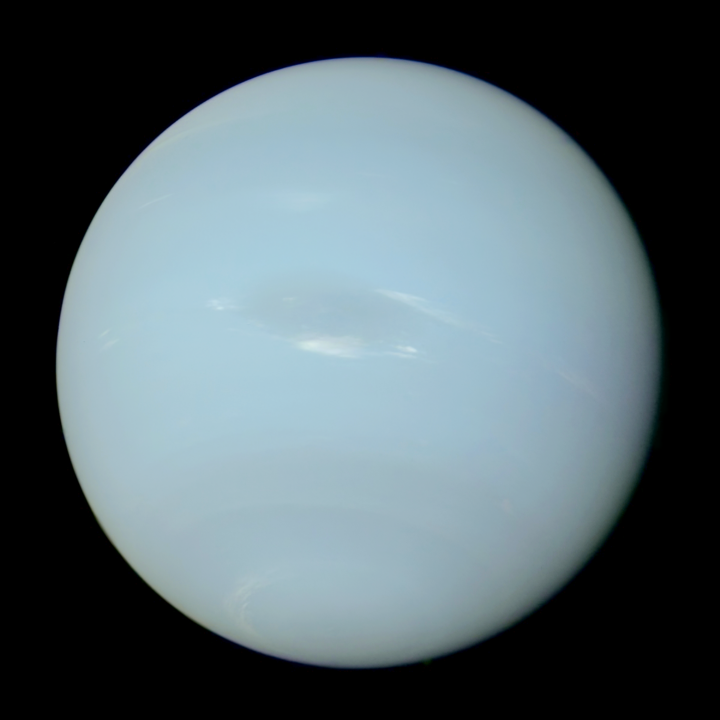
Discovery of Neptune’s Auroras
The breakthrough observation came when JWST, with its state-of-the-art NIRCAM instrument, captured images of Neptune displaying vivid auroral features. The images revealed subtle cyan-colored splotches indicating the presence of auroras. This discovery is a significant leap from the earlier, brief observations by Voyager 2 in 1989, which had hinted at the possibility but lacked the detail provided by modern technology.
Neptune’s auroras differ markedly from those on Earth. They are observed at mid-latitudes rather than the polar regions. This unusual pattern is due to Neptune’s magnetic field, which is tilted by approximately 47 degrees relative to its rotational axis. Such an alignment diverts the auroral activity away from the expected locations near the poles, presenting scientists with a new puzzle about planetary magnetism and atmospheric interactions.
Technical Aspects of the Observation
JWST’s advanced instruments have played a crucial role in this discovery. The near-infrared sensitivity of its NIRCAM allowed scientists to detect the faint glow of Neptune’s auroras by capturing a strong emission line of the trihydrogen cation. This molecule, composed of three hydrogen atoms and two electrons, acts as a key indicator of auroral processes.
Below is a table summarizing the technical features of the JWST and its role in observing Neptune:
| Feature | Description |
|---|---|
| Telescope | James Webb Space Telescope (JWST) |
| Instrument | NIRCAM (Near Infrared Camera) |
| Sensitivity | Highly sensitive in the near-infrared spectrum, capturing faint emissions |
| Observation Goal | Detect auroral activity on distant celestial bodies, specifically Neptune |
| Historical Comparison | Outperforms Voyager 2’s fleeting observations in 1989 |
This table illustrates the enhanced capabilities of JWST, which make it possible to observe phenomena that were once beyond our reach.
Scientific Significance of the Discovery
The detection of Neptune’s auroras represents more than just an observational milestone—it challenges existing scientific paradigms. Traditionally, auroras have been associated with the polar regions of planets. However, Neptune’s mid-latitude auroras force scientists to reconsider the factors that control these luminous displays.
The unique orientation of Neptune’s magnetic field leads to interactions between solar particles and its atmosphere in ways that differ from terrestrial auroras. Solar winds, streams of charged particles from the Sun, collide with Neptune’s magnetosphere and create the auroral glow. This process, while similar in basic physics to auroral events on Earth, occurs under conditions that are far more extreme and less understood.
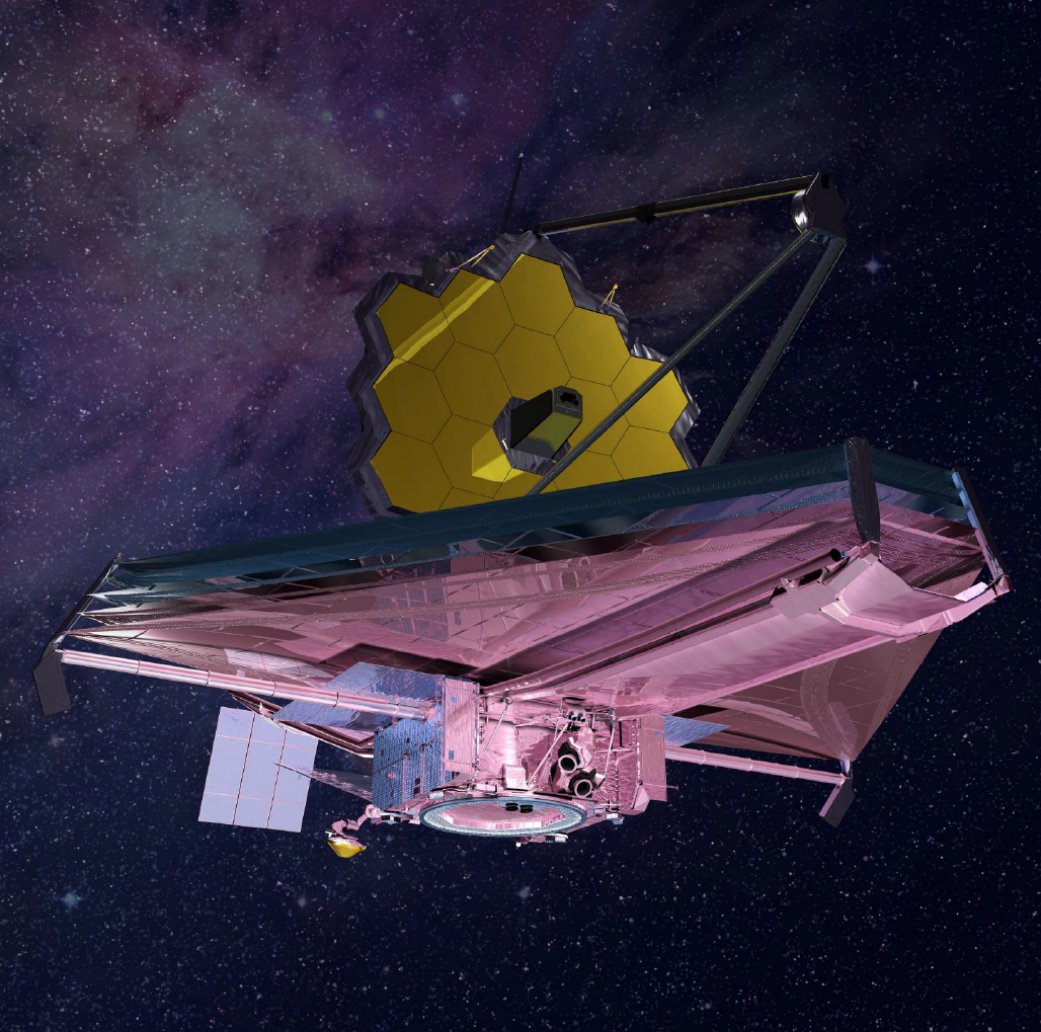
Below is a table comparing auroral characteristics on Neptune with those on Earth:
| Aspect | Neptune | Earth |
|---|---|---|
| Aurora Location | Occurs at mid-latitudes due to a tilted magnetic field | Typically occurs near the magnetic poles |
| Atmospheric Composition | Dominated by hydrogen, helium, and methane | Composed mainly of nitrogen and oxygen |
| Temperature Conditions | Extremely cold, around -214°C | More moderate, varying with location and time |
| Detection Method | Infrared imaging using JWST’s NIRCAM | Visible light observations by ground-based and satellite cameras |
The scientific community is excited because this discovery not only provides a detailed snapshot of Neptune’s atmospheric phenomena but also invites further exploration into how magnetic fields shape planetary environments.
Impact on Future Research
The detailed observation of Neptune’s auroras opens up numerous avenues for further research. One promising direction is the continuous monitoring of these auroras over an entire solar cycle. Such long-term studies could reveal patterns and variations in auroral activity that help explain how solar wind interacts with planetary magnetic fields over time.
Researchers are also keen to apply these findings to study other ice giants and distant celestial bodies. The advanced technology demonstrated by JWST could be instrumental in uncovering similar phenomena in other parts of our Solar System and even in exoplanetary systems. Each new discovery adds a piece to the puzzle of how our universe works and reinforces the value of investing in modern astronomical instruments.
By continuing to observe Neptune and other planets with cutting-edge tools, scientists hope to create more accurate models of planetary atmospheres and magnetospheres. These models will be vital for understanding not only the physical properties of these distant worlds but also the broader dynamics of solar system evolution.
Facts
- Neptune was mathematically predicted before its visual discovery in 1846.
- The planet holds the record for the fastest winds in the Solar System.
- Its distinct blue color is primarily due to the methane in its atmosphere.
- Auroral activity on Neptune had been hinted at since Voyager 2’s 1989 flyby but only recently confirmed.
- JWST’s advanced instruments have opened a new era of detailed astronomical observation.
References
For more information on this remarkable discovery, please visit the NASA’s official website. Additional details on the technical and scientific aspects of JWST and Neptune’s auroras can also be found on NASA’s Webb page.

